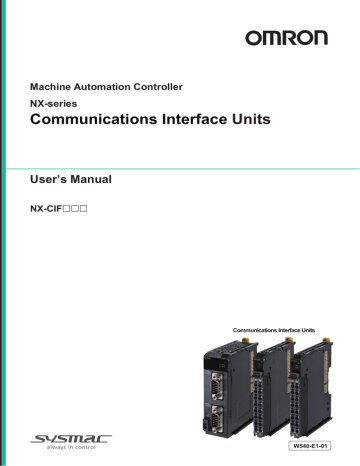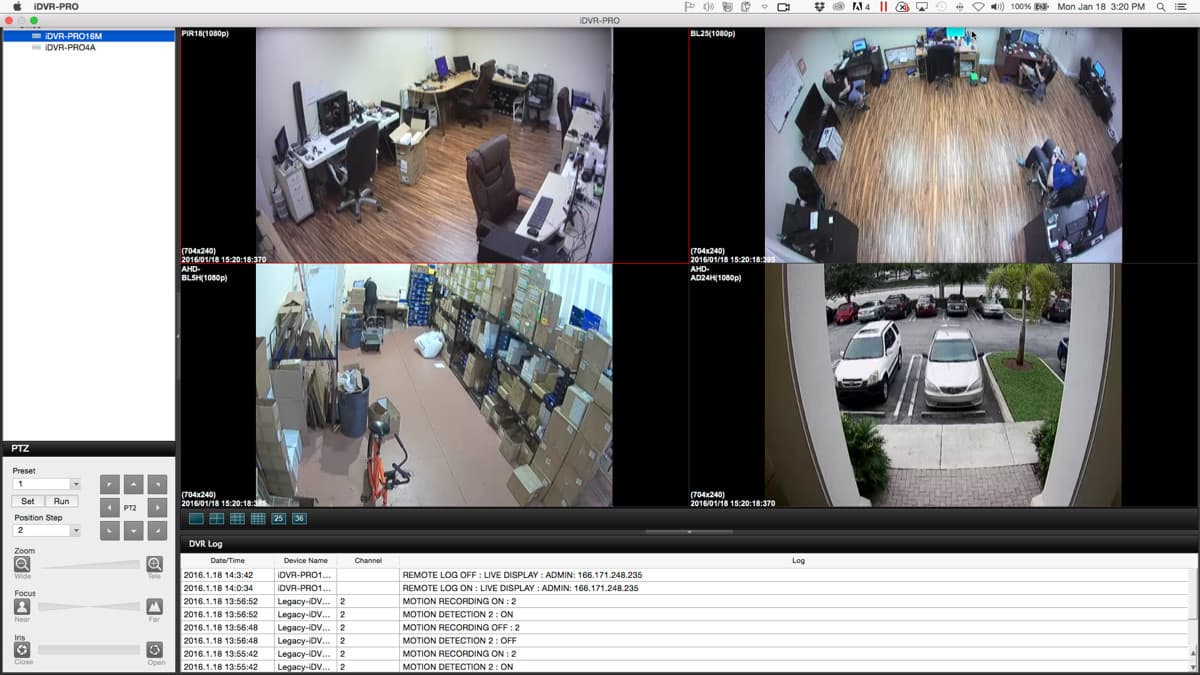
It also issues a warning message when some non-fatal error is found for example, when some symbol on a diagram occurs in a wrong context. The CIF2SDT converter issues an information message when it needs to inform the user about something for example, when it changes the output file name in order not to overwrite an existing file. If the file to be written gets the same name as an existing file, a new name is generated for the output file to avoid overwriting existing files.

The converter never overwrites any existing files. If a line is found that does not have the correct breakpoints to be correct, it should be a point on the symbol borderan autolayout method is used to place the line. For example, it can handle empty text of symbols, empty signal lists, and empty gate constraints. If the converter finds an error in the PR text, it proceeds by printing a warning message about that fact, using only the information extracted from the CIF comments. The file being converted is parsed, analyzed, transformed, and then saved as an SDT file. When the list of files to convert is ready, the converter tries to convert each file in the list. If a directory was specified, the converter searches in the specified directory for files with the extensions. If one or a set of files was specified, it adds all the files specified to the list of files to convert. How the Converter Works First of all, the converter analyzes the input and builds a list of files to convert. Generate SDT Clicking this button will initiate the conversion, using the options currently displayed in the window.Įxit Clicking this button exits the converter. Desired SDT file name This text field specifies the name of the file which will contain the converted diagrams. It provides a graphical user interface to control the conversions. Messages issued by the converter will appear in the Organizer Log window.

To select a file using a standard file selection dialog box, press the folder button located to the right of the text field.Ĭonvert Clicking this button will initiate the conversion, using the options currently displayed in the dialog. Destination SDL GR file name This text field specifies the name of the file which will contain the converted diagrams. The only functionality not supported by the dialog is the possibility to specify a directory name as input to the conversion. If the converter finds that the file it was going to write already exists, it generates a new name for the output file by replacing the two last characters at the end of the file name. However, the placement of generated diagrams can be specified by the user. The converters are implemented as a binary that can be run in a textual, command-line mode from the OS prompt on UNIXor as separate applications with graphical user interfaces in Windows.
#CIF FILE READER FOR MAC HOW TO#
How to create CIF (Crystallographic Information File) ? The advantages of such a text format are. In addition, it provides a base for converting diagrams to and from other SDL toolsets. Mercury - Crystal Structure Visualisation, Exploration and Analysis Made Easy Mercury offers a comprehensive range of tools for 3D structure visualization, the exploration of crystal packing and the statistical analysis of CSD search data.CIF is a human readable text format for storing SDL diagrams, making it possible to store SDL diagrams in version control systems that only accept text files. In addition, it is possible to render high quality ray-traced images using POV-Ray. Stunning 3D images created using Mercury can be exported in a variety of common formats. With a vast number of options for customizing display settings Mercury is widely used for the generation of publication-quality images. In addition to statistical tools a range of advanced features focused specifically towards structural data are provided, these include principal component analysis, cone-angle correction in hydrogen-bond analyses and the ability to deal with topological symmetry within molecular search fragments. This integration enables powerful visualisation and analysis of ConQuest substructure searches where geometric parameters e. Sophisticated data analysis tools within Mercury provide statistical, charting and plotting options alongside three-dimensional structural visualization and analysis. Mercury provides an extensive array of options to aid the investigation and analysis of crystal structures, allowing you to.

Mercury offers a comprehensive range of tools for 3D structure visualization, the exploration of crystal packing and the statistical analysis of CSD search data. For more details about cookies and how to manage them, see our cookie policy. By continuing to browse the site you are agreeing to our use of cookies.


 0 kommentar(er)
0 kommentar(er)
